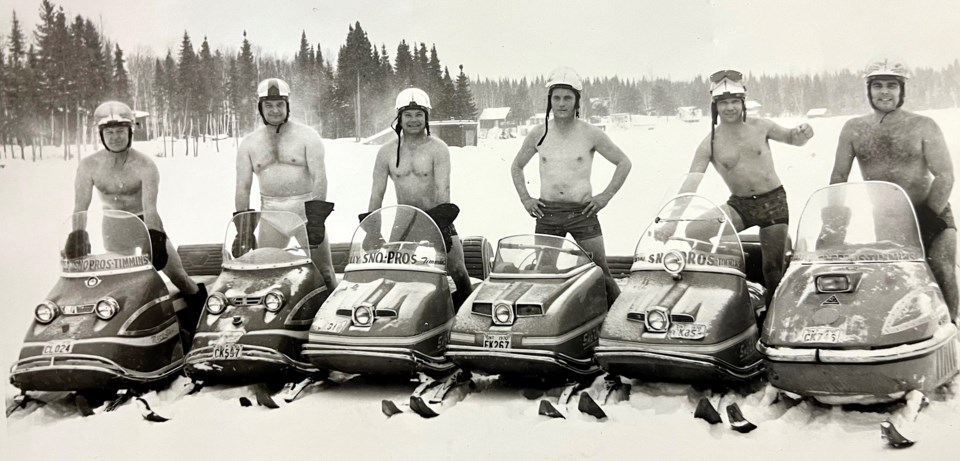With a rich local history spanning over 100 years, there's a lot of inspiration for our monthly walk through the past.
Then and Now takes readers on a walk down memory lane to give a glimpse into some of the personalities, groups and more that helped shape the City of Timmins.
Here's a look at the popular Then and Now stories we've shared in 2022.
Northern Trailblazers
Today, Northern Ontario’s wilderness can be treacherous, even for hardy adventurers.
Turn the clock back 50 years or so. It’s a time before cellphones, global positioning systems and instant weather updates.
And you needed a strong arm to start a snowmobile.
A group of Timmins men made it their mission to promote the sport of snowmobiling and local winter festivals by making long-distance treks through the North on their snow machines. They were the Sno-Pros.
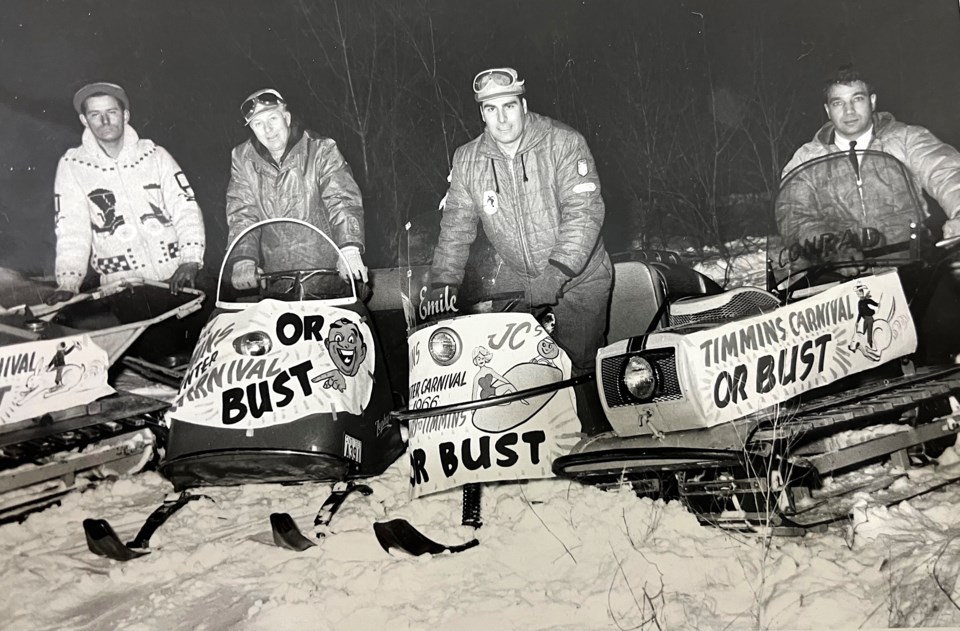
Spanish flu epidemic reached Porcupine Camp in 1918
The Spanish flu epidemic, which spread worldwide from 1918-1920, hit the North in the fall of 1918. It took longer for the Spanish flu to reach the region as travelling to the Porcupine was more difficult than it is today.
As with COVID, major flu outbreaks came in waves for Canadians. The first was in the spring of 1918. In the fall, a mutation made the virus more infectious, creating a second wave. This outbreak caused about 90 per cent of the deaths in Canada. There were two more waves in the springs of 1919 and 1920, but the impacts weren’t as harsh.
Close-knit local Ukrainian community created many memories
From its beginning in pioneer times, The Porcupine Camp has attracted immigrants. Political strife and the aftermath of two world wars brought many new Canadians to the north.
It helped the city grow, while creating a mosaic of culture. Ukrainians were one of many ethnic communities drawn to the area.
Orest Lawryniw was born and raised in Timmins, but his parents immigrated from Ukraine. They didn’t arrive in Timmins by accident. Immigrants’ work skills were matched up with their new communities.
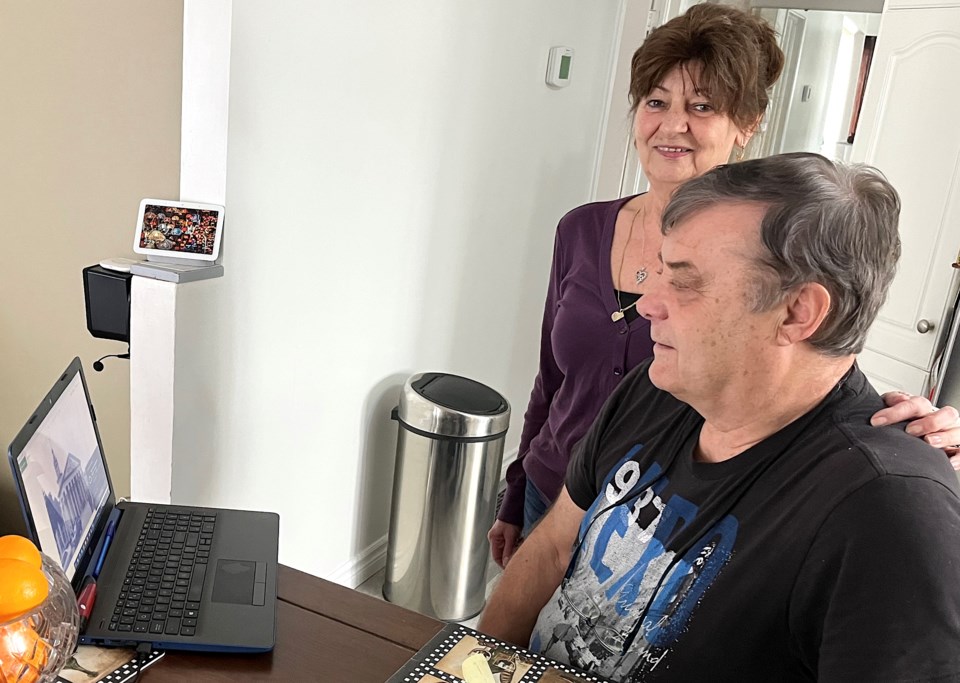
The Hollinger Golf Club 'a home' for many
Golfers have good reason to celebrate their links with Timmins’ history this year. The Hollinger Golf Club marked its 100th anniversary in 2022. And there are major celebrations in the works to mark the centennial.
Not surprisingly, like other sports and cultural activities, the history of golf is tied closely to mining in the City With a Heart of Gold.
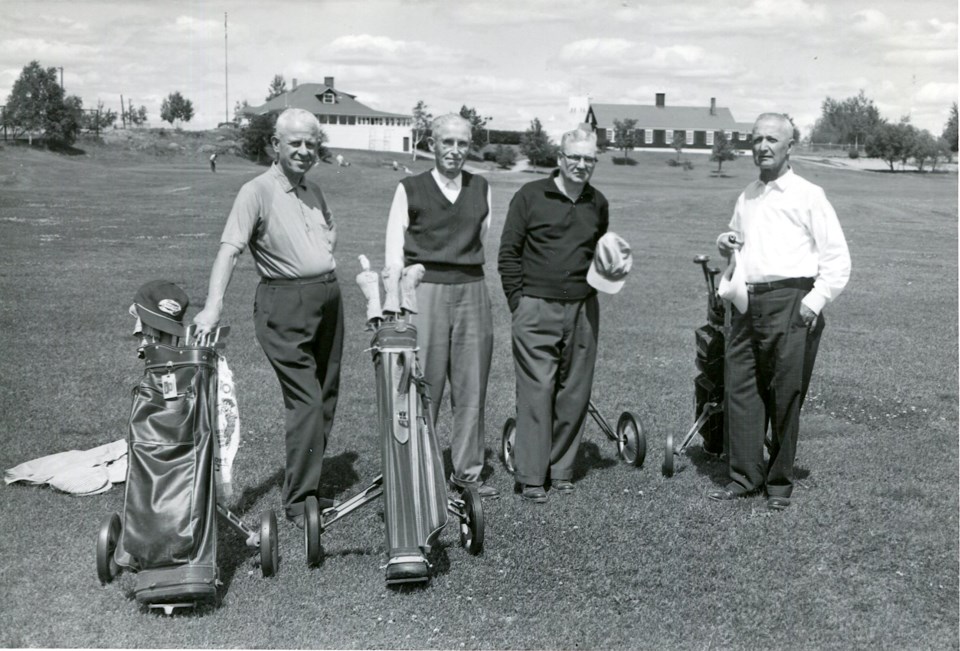
A triumphant return
Timmins residents have long enjoyed sharing their cultural backgrounds.
After a two-year absence due to the pandemic, the Timmins Multicultural Festival made a triumphant return to the McIntyre Arena and celebrated two milestones. Not only was it the 30th edition of the festival, it also helped mark the 50th anniversary of the Timmins Multicultural Society, which organizes the event.
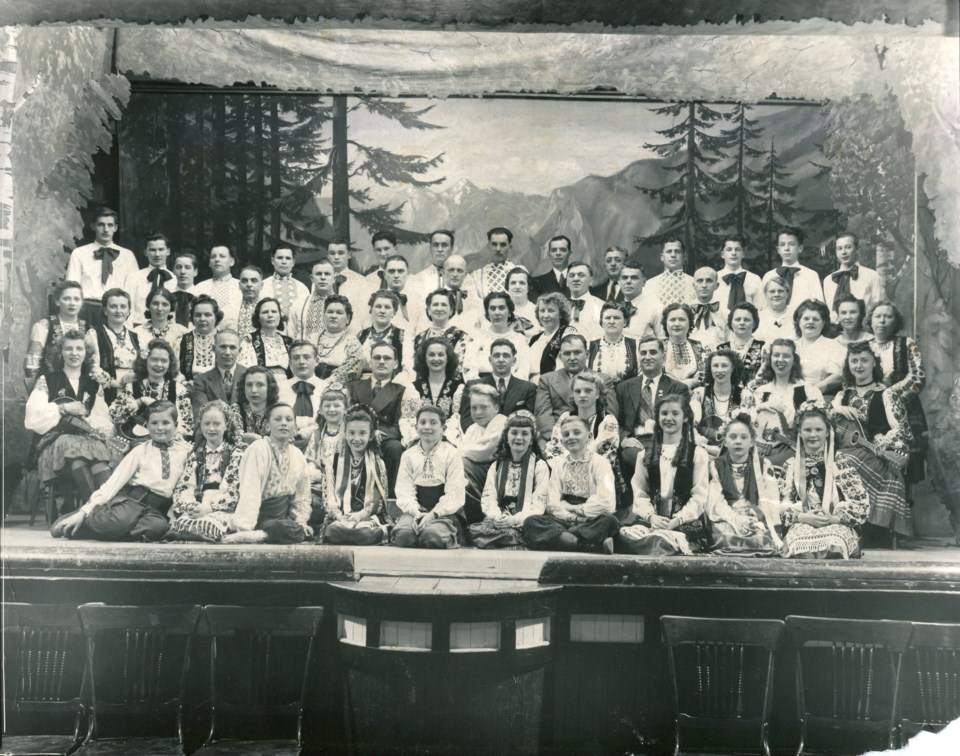
Sons of Italy
The Porcupine Dante Club is well known in the Timmins area as a great place for fun, food and entertainment.
As the club prepares to celebrate its 70th anniversary with the community, it is an ideal time to re-examine its roots.
Dr. Chris Loreto, a director on the executive of The Dante Club, grew up in a household that was part of Timmins’ Italian community and is well-versed in club history.
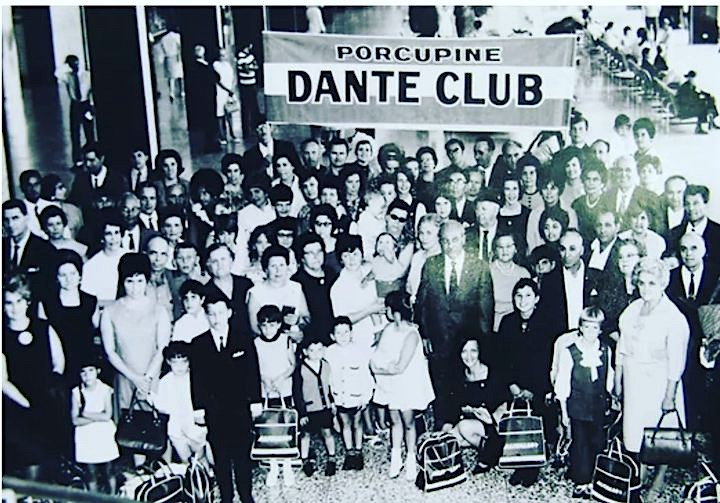
Schumacher built on mining, immigrant workers
It has been 110 years since Schumacher was officially declared a town. Like much of the Porcupine Camp, Schumacher was built because of the mining industry.
But the history of the community, which is home to the landmark McIntyre Headframe, is also the story of families who successfully immigrated to Canada.
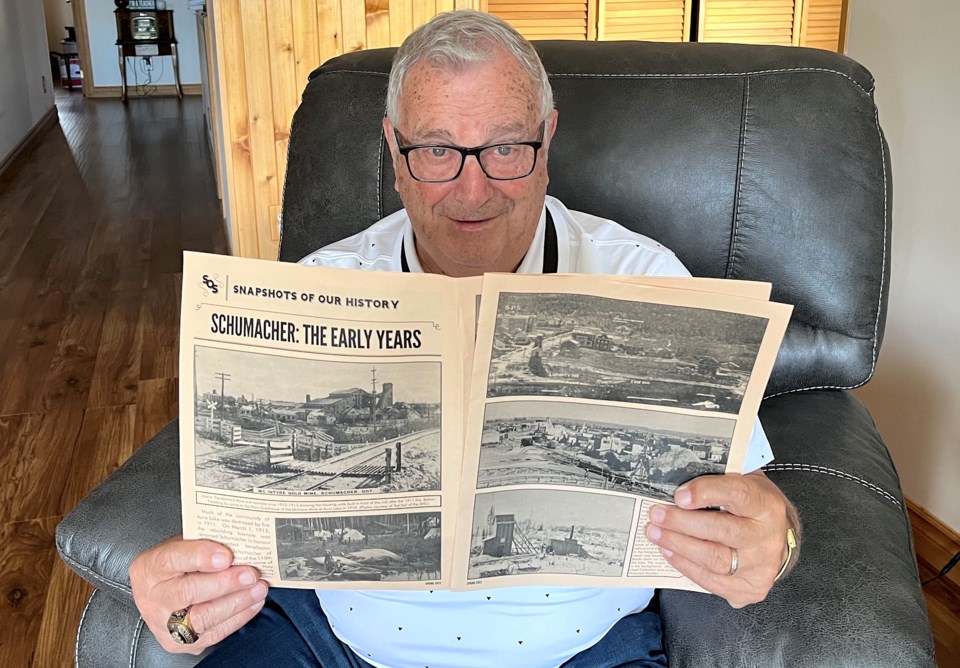
Larger-than-life mayor spearheaded growth
One of Timmins' most charismatic mayors gained worldwide fame with a legendary publicity stunt. But Leo Del Villano was more than just a larger-than-life character, he led The Porcupine Camp through one of its most controversial and difficult times — the provincial government’s forced amalgamation to create the City of Timmins.
Del Villano was born in Timmins in 1913. His father, Leucio Del Villano, immigrated to Timmins from Italy in 1912. Leucio worked as a blacksmith for the Hollinger Mine.
Growing up in Timmins, as a young man Leo worked a variety of jobs including positions in mining, forestry and local business. He met the love of his life, Mildred, and they were married in 1936.
In 1946, he was elected to Timmins town council. This was a historic victory, as he was the first person born in Timmins elected to its town council.

Croatian Hall a community centrepiece for 90 years
For generations, there has been a special place in the Porcupine Camp. If you have family or friends in Schumacher, chances are you attended an event there. If you are of Croatian descent, it likely holds some of your most cherished memories.
The Croatian Hall has been a pillar of the community for 90 years. A special event recently marked the anniversary of the historic building.
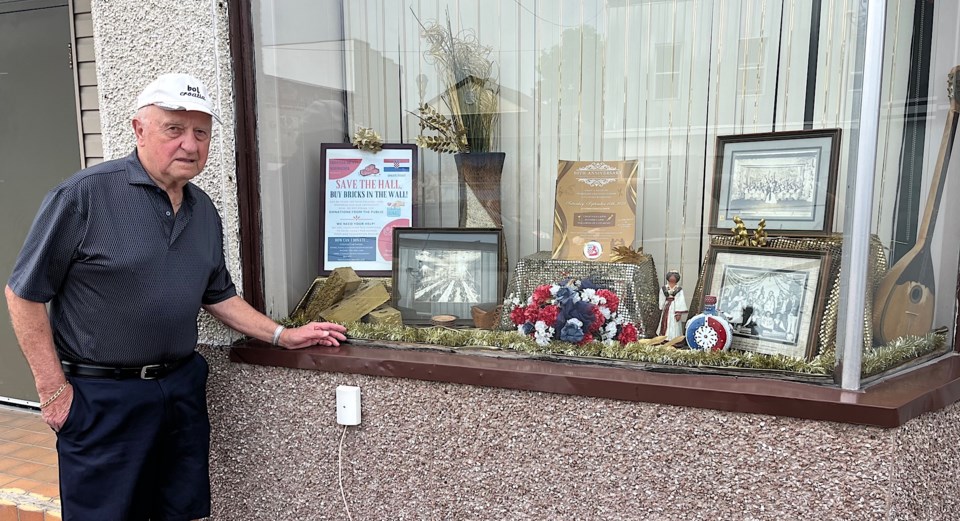
Letters home described life overseas during First World War
Even though the Porcupine Camp was a new settlement during the First World War, locals volunteered to do their part. About 600 local men signed up to serve.
A recruitment campaign began in 1915 among miners. The miners would put their underground evacuation skills to work in the trenches during the war.
The 2nd Battalion, Canadian Pioneers were an engineering unit. Among their duties was to tunnel under the battlefield in France and place explosives in enemy territory.
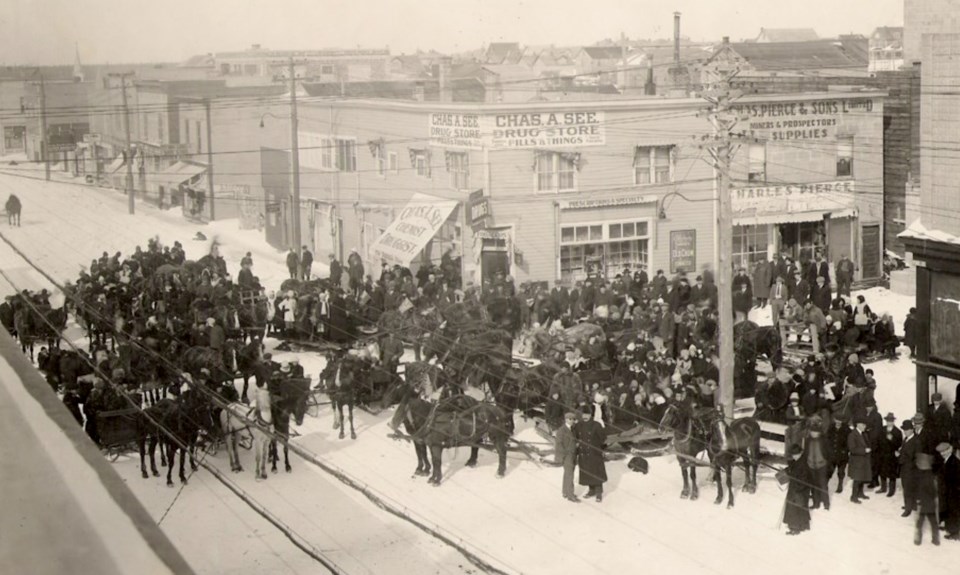
Land described as 'moose pasture' became Pamour Mine
The Pamour operated from 1936 to 1999 under the ownership of different companies on a piece of land in Whitney Township once described as a “moose pasture.”
The mine closed in 1999 after Royal Oak, the company that owned it at the time, went bankrupt.
Former Pamour employees have been getting together since the mine closed. J.P. Rozon started the reunions and has kept them going for the past two decades.
Read the full story.
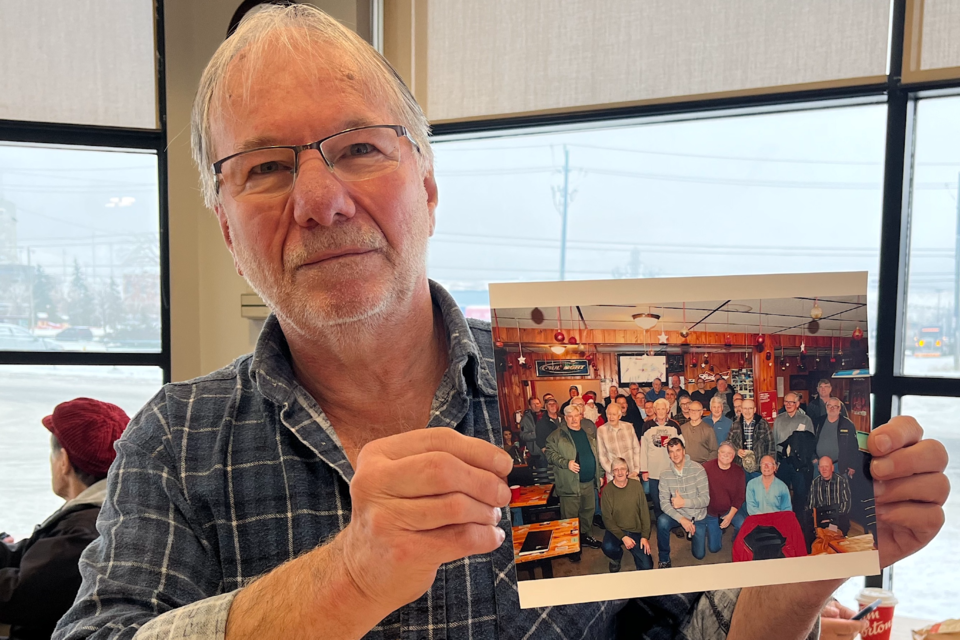
Then and Now is a monthly feature on TimminsToday. If you have an idea to explore for a future story, let us know. Email the details — including contact information — to [email protected].
